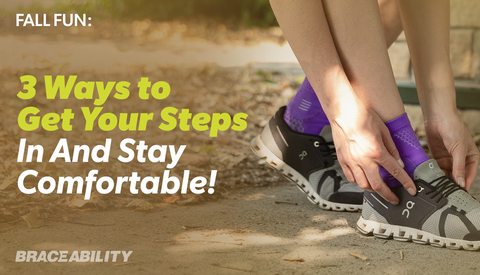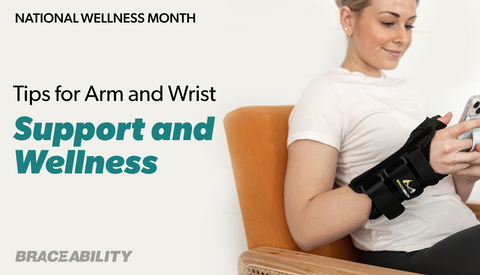Osgood-Schlatter Disease in Children
What is Osgood Schlatter’s and how does it affect Children?
Osgood Schlatter’s disease is irritation of the growth plate by the tendon that connects that knee to the tibia (patellar tendon). This disease is very common and affects around 1 in 5 adolescent athletes. It usually presents first with pain on the front, lower part of the knee and can also show a visible knob. The disease can cause the area to become inflamed and painful, especially during and after physical activity. Though it is not known why it occurs in some children and not in others, it is thought to be caused by excessive exertion on the knees due to running, jumping, and playing sports. It typically occurs when children are experiencing growth spurts or from ages 8-13 in girls and 10-15 in boys because the muscles are still developing.
For most children, Osgood Schlatter’s resolves itself when the tibia finishes fusing together with the tendons and connective tissues.










